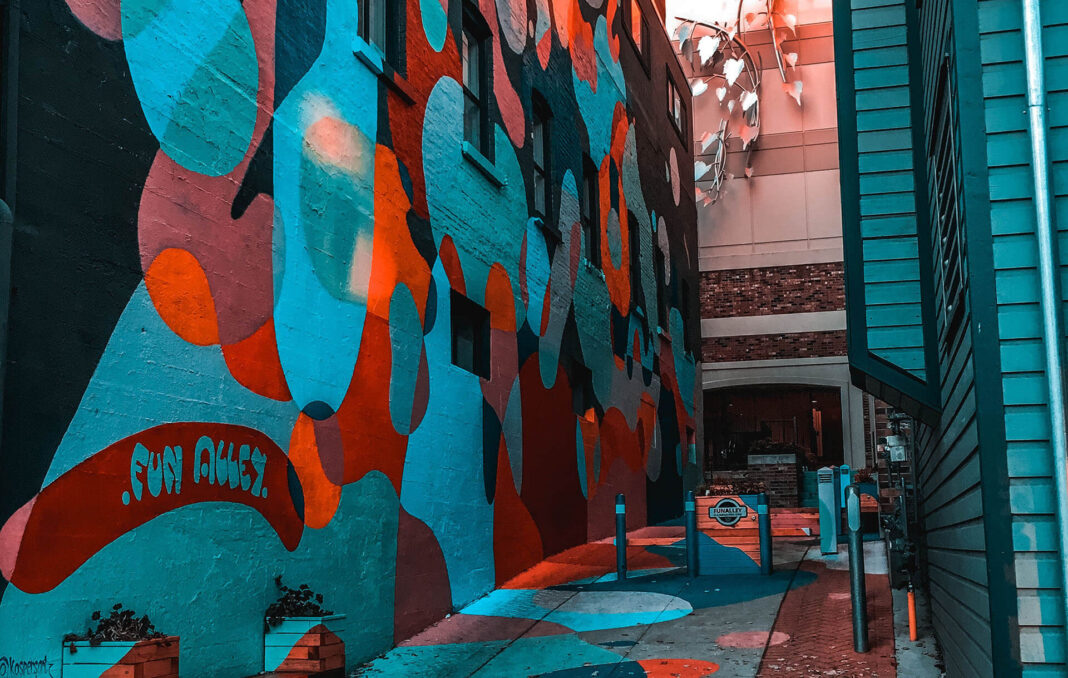在一件兼具细腻与力量的艺术作品中,艺术家用精准的角度缝线将脆弱的树枝牢牢包裹,形成一种奇妙的视觉张力。细线在树枝之间交错穿梭,构建出几何结构般的图案,仿佛自然与理性之间的一场对话。树枝本是自然中最原始、最不规则的形态,而缝线却以人工的秩序加以束缚,使得这两个元素形成强烈对比。这种创作方式不仅展现了材料的美学可能,也蕴含着深层的隐喻:柔软的线如何控制坚硬的木,理性如何试图驾驭混沌。每一处缝合都带着节奏与克制,像是在用耐心与专注书写一首无声的诗。这不仅是一件静态的装置,更是一种关于平衡、掌控与关系的艺术表达。
Usually when a museum is flooded with water, something has gone seriously wrong. But at the Fondation Beyeler just outside the Swiss city of Basel, the flooding of the museum is all part of the show: a new site-specific installation called Life by the Danish-Icelandic artist Olafur Eliasson.
The artist has removed one side of the Renzo Piano-designed building (with the architect’s blessing) and let the feature pond—usually separated from the climate-controlled interior by a large glass wall—into the museum. Visitors can navigate the waters, which are up to 80cm deep, using a series of walkways that run in and out of the building. At night, the interior is lit up with blue light.

Eliasson has also dyed the water a fluorescent green and filled it with pond plants, including water lilies and shellflowers selected by the landscape architect Günther Vogt. The water has been coloured using uranine, an organic dye that is commonly used to observe water currents, and which Eliasson has used previously for his Green River (1998) work where he dyed rivers in cities such as Stockholm, Tokyo and Los Angeles.

In an accompanying artist statement, Eliasson writes: “Together with the museum, I am giving up control over the artwork, so to speak, handing it over to human and non-human visitors, to plants, microorganisms, the weather, the climate—many of these elements that museums usually work very hard to keep out.”
The southern side of the building will be open to the elements for the duration of the show, which ends in July. Eliasson writes that “even if no human visitors are in the space, other beings—insects, bats, or birds, for instance—can fly through or take up temporary abode within it.” This possibility is very much part of the work, with the artist adding that when he first spoke to the museum’s director Sam Keller about ideas for the show, he thought to himself: “Why don’t we invite everyone to the show? Let’s invite the planet—plants and various species”.
The show is open 24 hours a day. “Visitors can access the installation at any time. After 9.30pm they do not need a ticket,” says a spokeswoman. She adds that, in terms of non-human visitors, so far there have been “insects, spiders, ducks, a goose and cats.”


